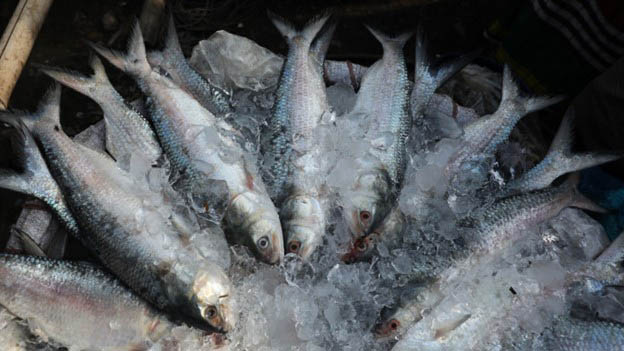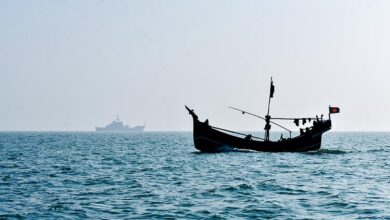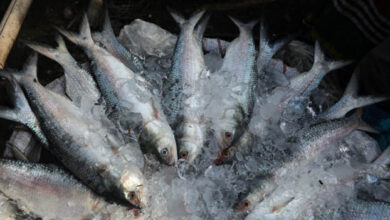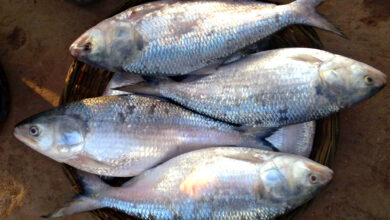
Bangladeshi fishermen face a challenging dilemma during the Hilsa fishing season as they restrain from casting their nets in the Bay of Bengal to adhere to the fishing ban, while their Indian counterparts freely exploit the opportunity. The lack of coordination between the two nations results in Indian fishermen venturing into Bangladeshi waters during the ban period.
Local fishermen have raised concerns about the absence of synchronized fishing bans between Bangladesh and India, allowing Indian fishermen special access to the Bay of Bengal. In response to this, the local fishing community is demanding that Bangladesh align its fishing ban period with that of India.
The government’s decision dictates a 22-day fishing ban, which began on October 12 (started from yesterday) and extends until November 2. While the ban aims to ensure safe Hilsa breeding, local fishermen and warehouse owners have requested a deferment of the ban, as Hilsa are yet to begin their egg-carrying phase.
To bolster Hilsa production and preserve this vital species, the government regularly imposes fishing bans at various times throughout the year. The most significant ban lasts for 65 days from May 9 to July 23. Additionally, from April to May, fishing activities are restricted in five reserve zones, including Bhola, Chandpur, Barishal, and Shariatpur. Patuakhali observes a ban from November to January. India implementing a similar 61-day ban from April 15 to June 14.
Local fishermen argue that while they refrain from fishing during the ban period, Indian fishermen exploit the situation by entering Bangladeshi waters to make catches with ease. This illicit practice adversely affects Bangladeshi fishermen and disrupts fish production.
Expressing their concerns, a fisherman, speaking on the condition of anonymity, stated, “Despite our financial hardships, we refrain from fishing during the ban. However, fishermen from our neighboring country trespass into our waters, make quick catches, and flee.”
He added, “It would benefit us greatly if both countries imposed bans simultaneously.”
Regarding Jatka Hilsa, local fishermen contend that if the ban were postponed until the end of October, the Jatka would have the opportunity to mature and lay eggs. They also note that Jatka Hilsa is currently available at a lower price due to its smaller size.
Fisherman Md Sahabuddin mentioned that while Hilsa is abundant at present, the fish are smaller in size, affecting their market price. Trawler owners have reported successful catches of Hilsa, with one owner obtaining approximately 1400 KG of Hilsa, and another netting 3440 KG, which were then sold for BDT 3.9 million (about US $39,000) in Chandpur.
Hilsa remains a vital resource for both local fishermen and the broader economy, and the decision regarding the timing of fishing bans is currently under review. District Fisheries Officer Molla Emdadullah emphasized that while Hilsa catches have been limited in the Meghna River due to the impact of climate change, they are more abundant in the sea. He further mentioned that the season’s target of 192,000 tons of Hilsa production is expected to be met.
The debate over coordinating fishing bans continues, with the goal of ensuring the sustainable future of the Hilsa fishery.




